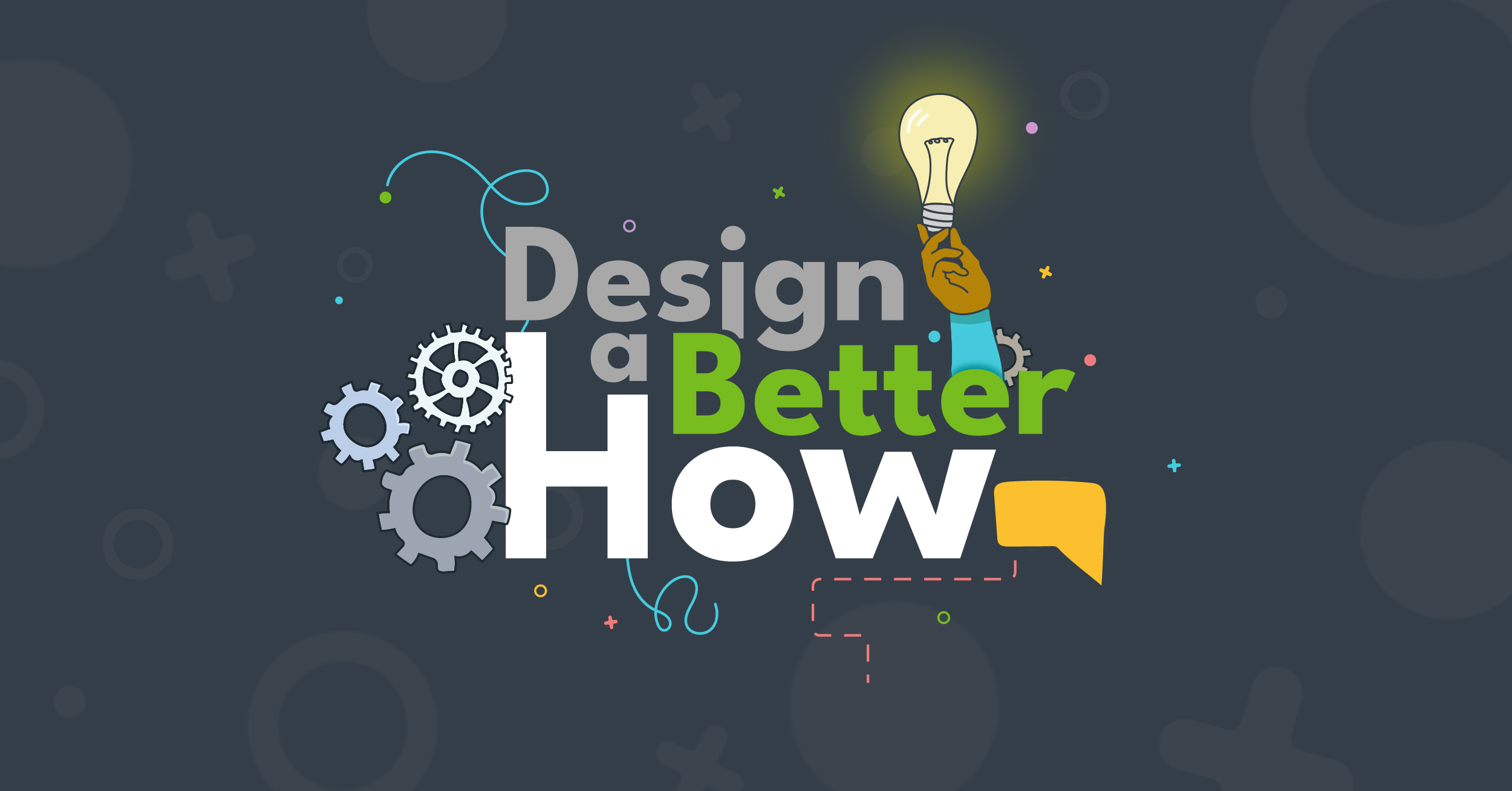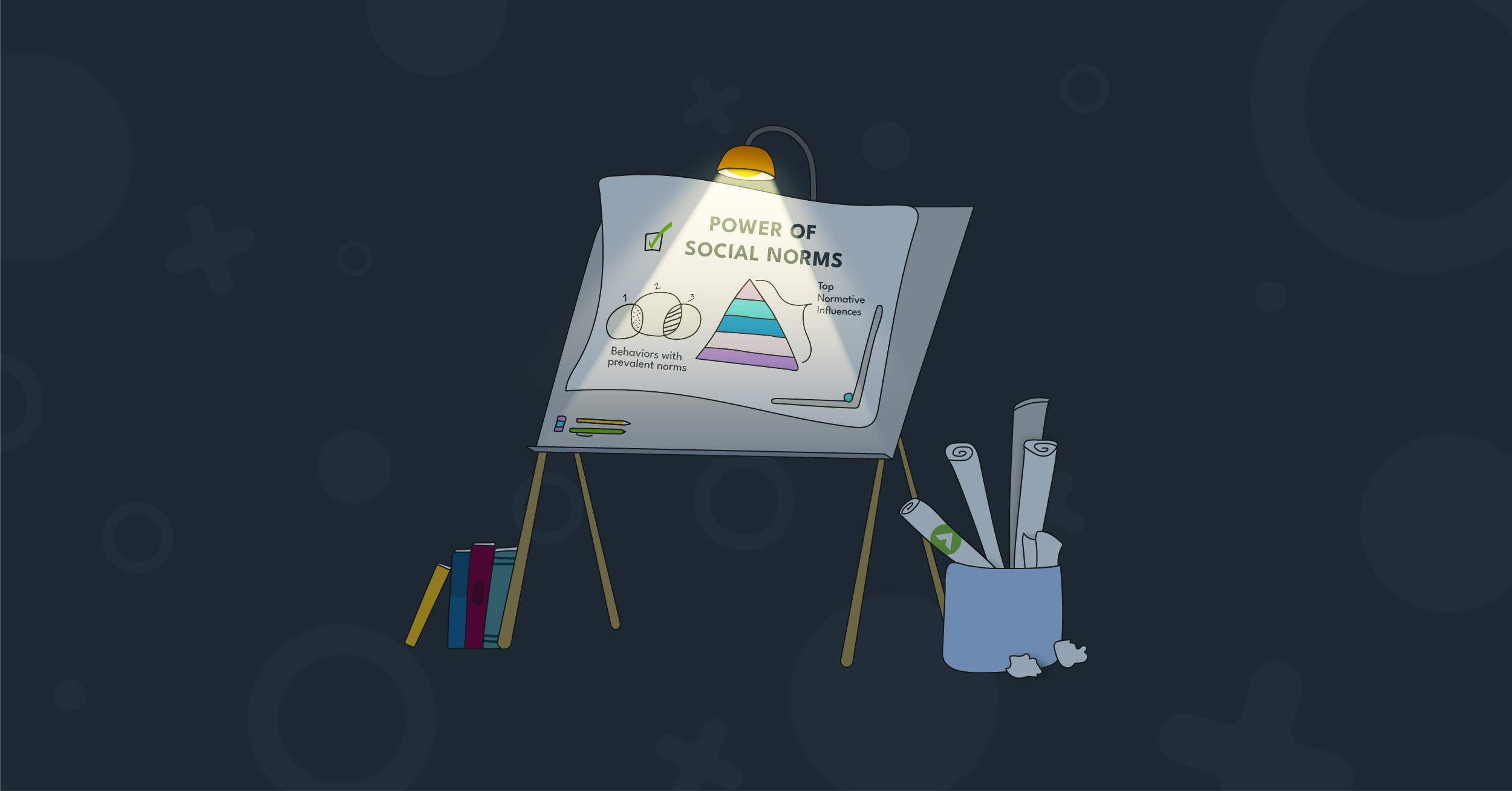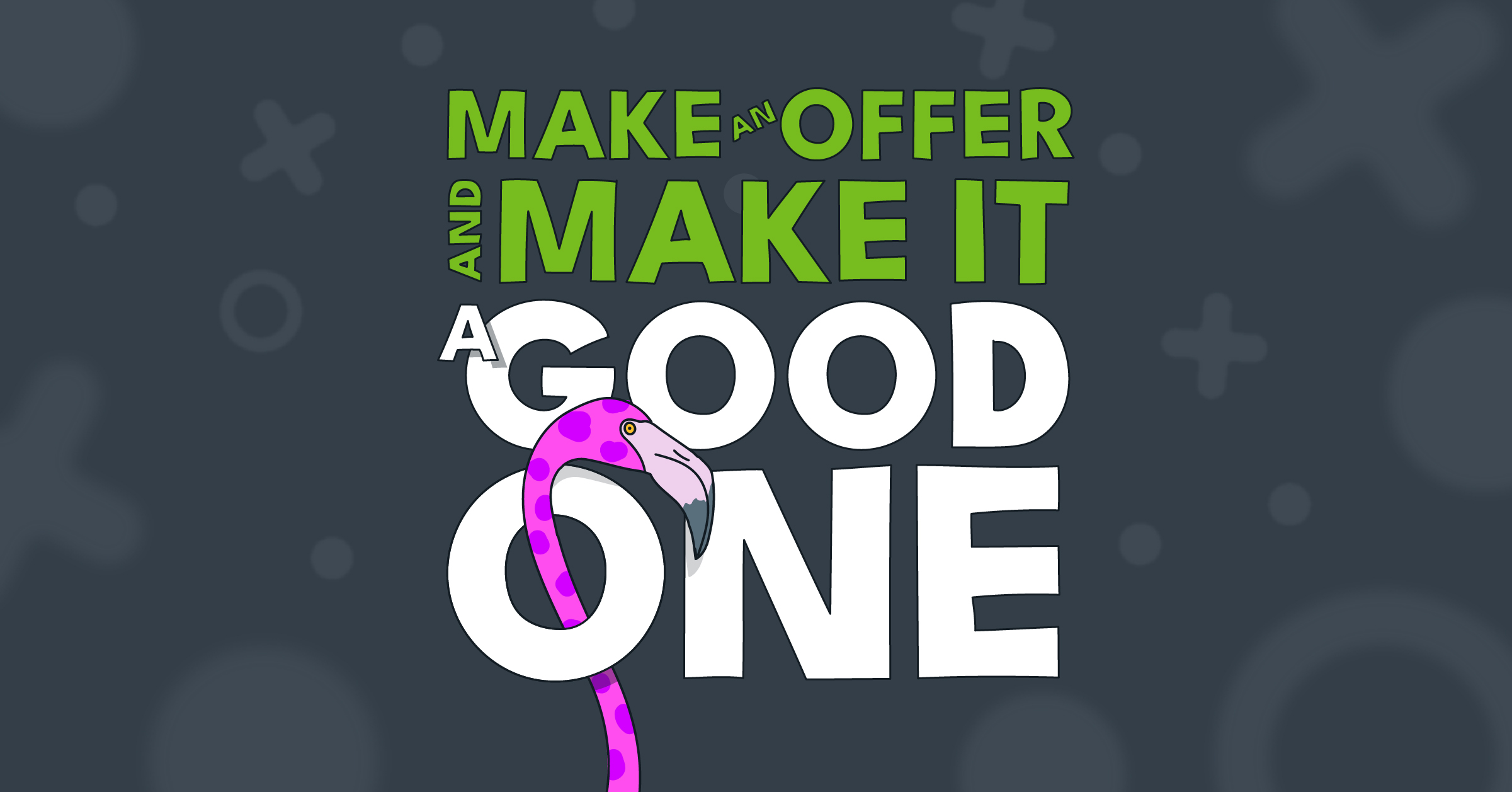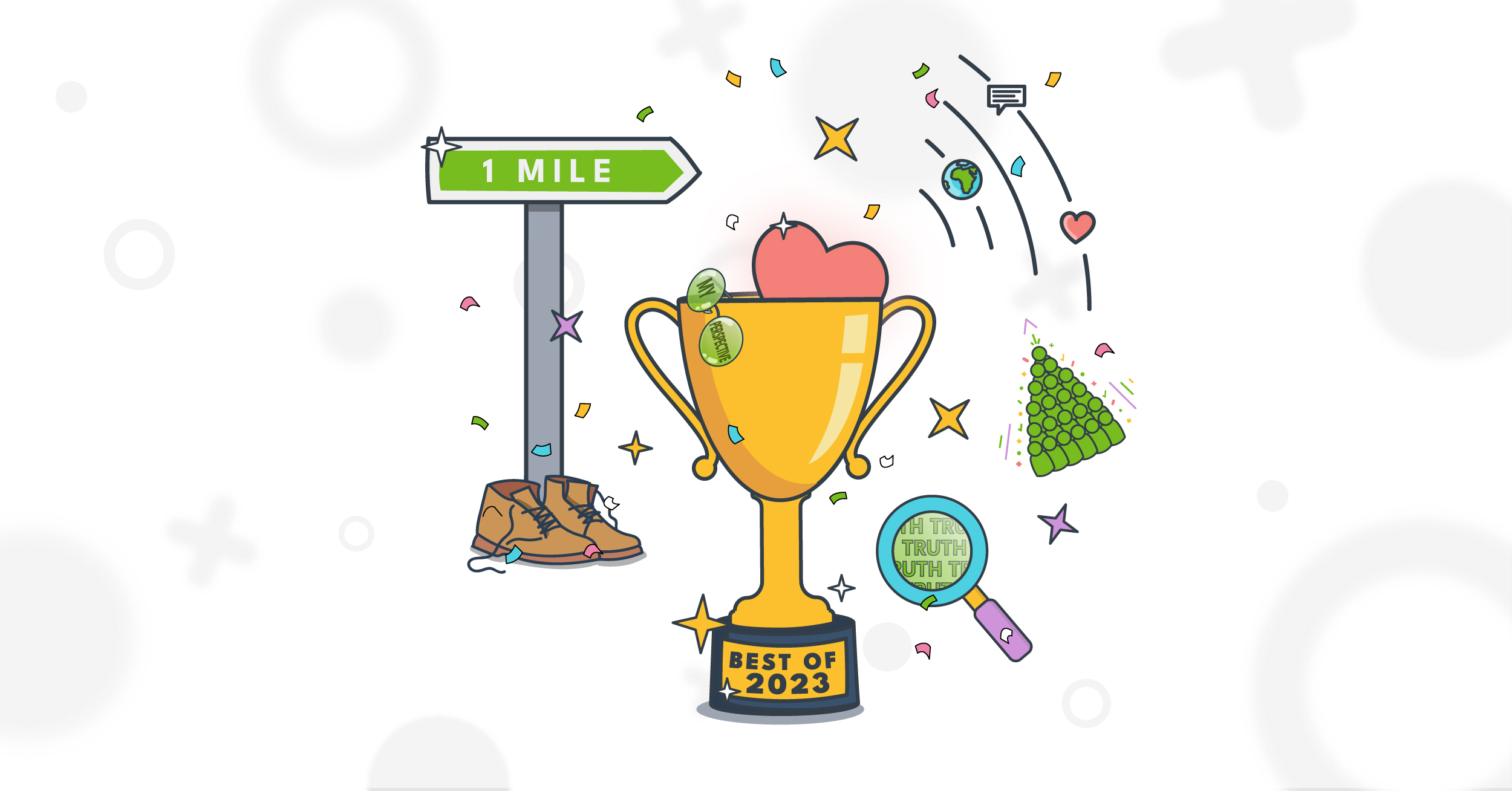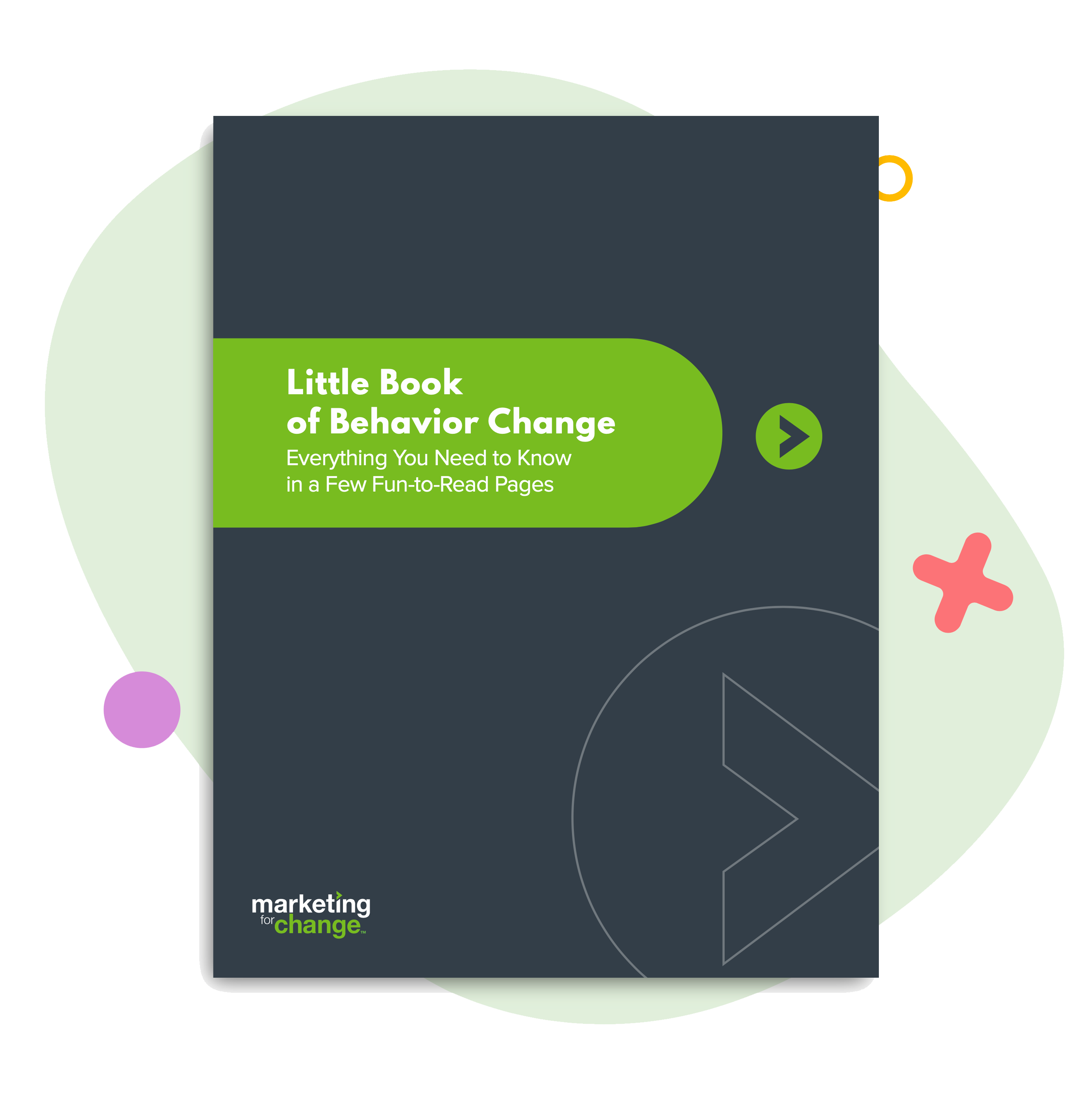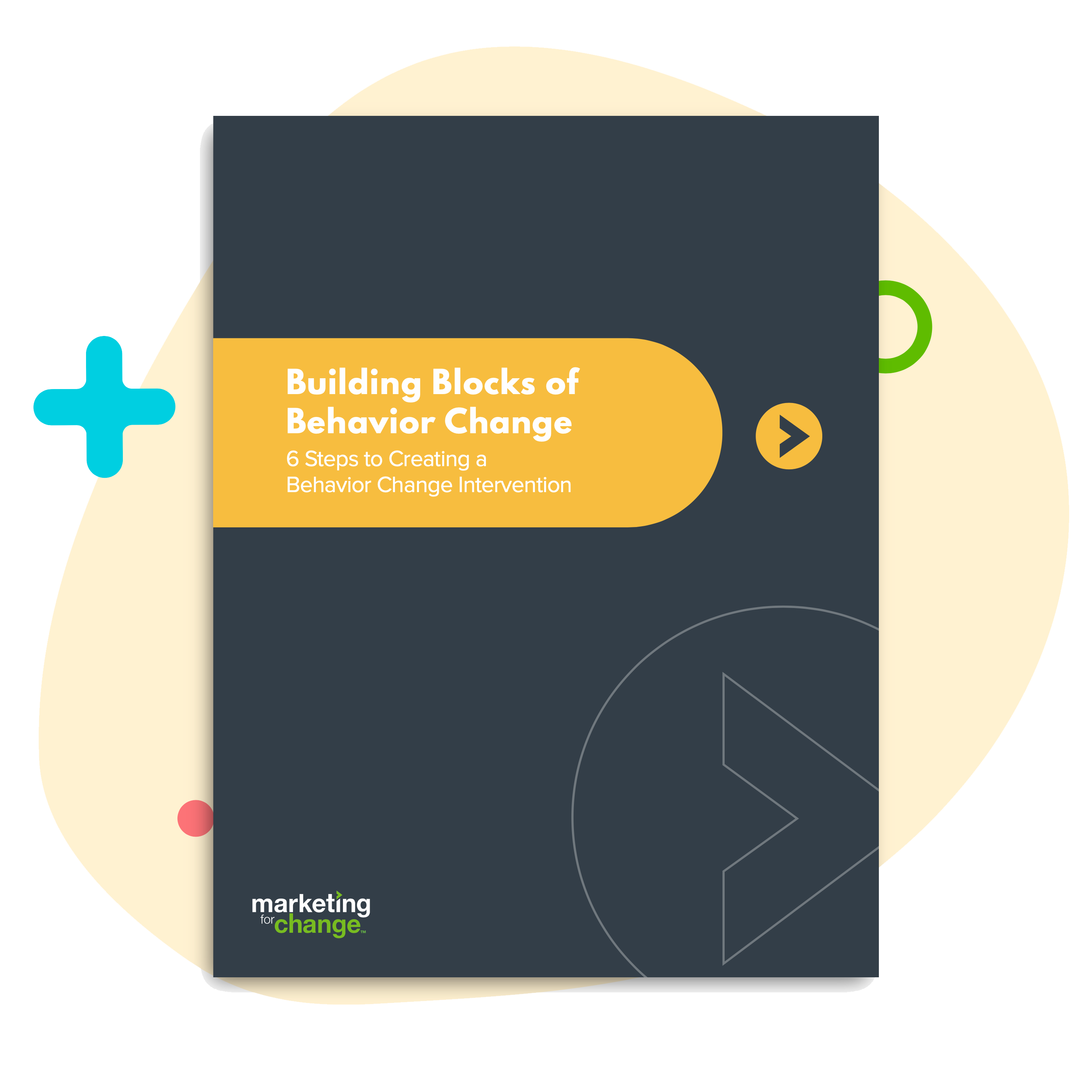
How Social Media Helped Norm the Midterm Election
If you happened to be scrolling through social media on election day — and let’s be honest here, who wasn’t — it might have felt like everyone around you was voting in the 2018 midterm election. That was on purpose.
Users posting selfies with “I Voted” stickers is certainly not a new trend. For this election, however, social media platforms pulled out all the stops to not only highlight but encourage those efforts.
Instagram created an “I Voted” sticker plus “We Voted!” Stories that highlighted all the voters among your followers. Tapping on the sticker linked to a nonpartisan site to find your polling location.

Image: Facebook
Facebook pushed users’ “I Voted” photos to the top of the feed so users could immediately see a compilation of their friends who had voted so far — as well as a link to find their correct polling location.

Snapchat, whose largest audience is 18- to 24-year-olds, partnered with TurboVote ahead of the election to help register users within the app, which led to more than 400,000 users registering to vote. On Election Day, the platform featured “I Voted” filters, polling locations highlighted on Snap Maps, and election-related Stories from users.

Image: Snapchat
All of these tactics have something very important in common. They make the user feel like everyone they know is participating. They made voting in the midterm election feel like the norm. This behavioral determinant is especially powerful on social media since we’re there (consciously or subconsciously) comparing ourselves to others.
And it worked. Or, at least, it very likely helped.
So far, results show that voter turnout for this election was the highest for any midterm in a century. That ended up being true for our youngest voters as well. An estimated 31% of people 18-29 turned out to vote in this election, which is a significant increase from the 21% who voted in 2014.
At least 47% of the youngest Millennials and eldest Gen Z-ers (18- to 24-year-olds) say they heard about the election from at least one of the Big Four social media platforms (Facebook, Instagram, Snapchat and Twitter), and 27% say no one reached out to them about the election outside of social media.
In addition to normalizing voting as a peer activity, the platforms also facilitated action by making it easy for users to find their polling locations. And perhaps most importantly, social media gave users the opportunity to publicly showcase their electoral participation.
Helping young people show off their voting behavior helps them begin to think of themselves as being “the kind of person who votes.” This self-standard, in turn, increases the likelihood that they will vote in future elections as well.
It doesn’t get much more fun, easy and popular than that.


